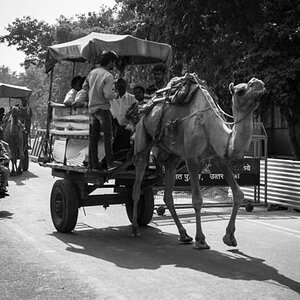Right, so since ive started shooting black and white and c41 bulk rolled (35mm) and developing myself and scanning myself i've started to love film. The one thing i dont love (sometimes anyway) is grain to iso ratio. See i look at digital and think that guy just got a noiseless 12.7 megpixel image at 400 iso.... 
As such i was wondering, how did people shoot front covers for magazines etc predigital was it:
a) low iso
b) medium format
c) grain, deal with it pal
peoples experiences
(being 14 i wasnt really paying attention for most of the 90's...)
I shot a model with 400 speed film and she got standard portfolio prints that were quite nice (standard means 11 by 14) but perhaps i should have shot lower iso, never used pan f myself but i can get a grainless 9 megapixel image from delta 100.
As such i was wondering, how did people shoot front covers for magazines etc predigital was it:
a) low iso
b) medium format
c) grain, deal with it pal
peoples experiences
(being 14 i wasnt really paying attention for most of the 90's...)
I shot a model with 400 speed film and she got standard portfolio prints that were quite nice (standard means 11 by 14) but perhaps i should have shot lower iso, never used pan f myself but i can get a grainless 9 megapixel image from delta 100.


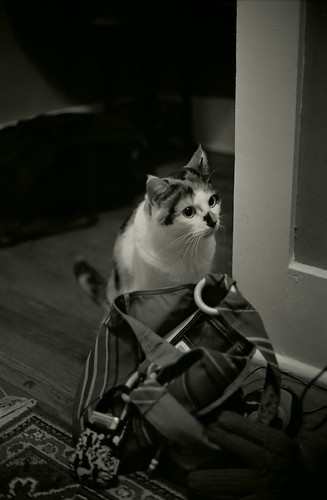
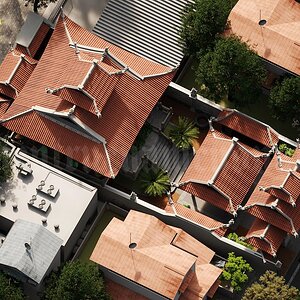
![[No title]](/data/xfmg/thumbnail/40/40285-2ce5915035c220ccb3485030863b62d0.jpg?1619739408)
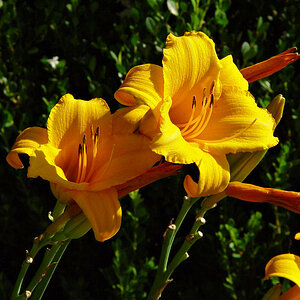
![[No title]](/data/xfmg/thumbnail/39/39286-ae386da044402acf92e55d8b68c26af3.jpg?1619738956)
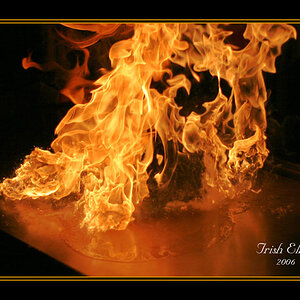
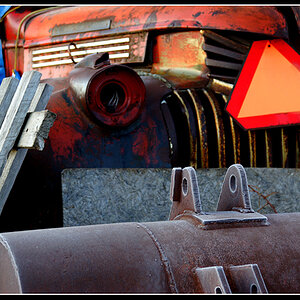
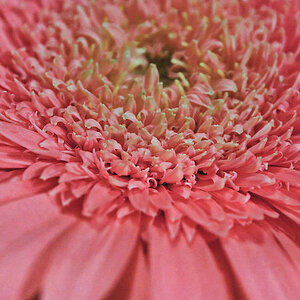
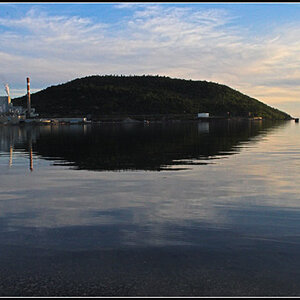

![[No title]](/data/xfmg/thumbnail/33/33025-0e4fc16dd87a477880f7aa74466d4f56.jpg?1619735838)

